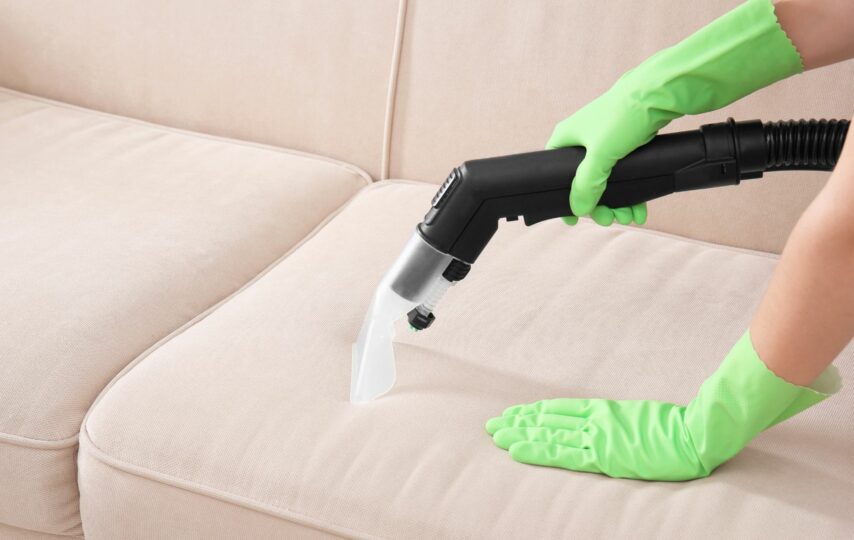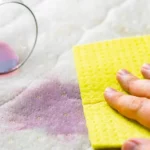Your upholstery is special, unique, and attractive lending elegance and appeal to your home’s overall environment. The upholstery fabrics may vary from home to home as they may be silk, cotton, velvet, leather, or linen. Upholstery often gets damaged by stains and spots from sudden unintended spills. They also become dirty and dusty from air-borne suspended pollutants, smoke, pollen, dander, and spores and lose their charm. It is important to engage upholstery cleaning Melbourne specialists to give them a thorough cleaning to remove all impurities and make them fresh and bright.
However, there are various ways and techniques where you too can chip in and indulge in upholstery cleaning with the DIT approach. Yes, we are going to discuss a bit about upholstery maintenance at home which really needs a bit of understanding to do the job well. So even for that posh leather couch, before you run to leather upholstery cleaning professionals, you can do some home upkeep to keep them looking grand and new.
Reading the instructions well on the label
Before you proceed to the actual task of cleaning your upholstered furniture, the process should start by first reading the manufacturer’s label. This specifies cleaning instructions for different fabrics so that you can preserve the look and texture without any damage. Let us quickly glance at what the codes are and what they imply-
W- Only water-based cleaner are to be used
S- Only solvent-based cleaner is to be used
WS- Either solvent or water-based cleaner may be used
X – Only vacuum (and professionally cleaned)
Vacuum to get at surface dirt
All upholstered furniture cleaning begins by using a vacuum with different nozzle attachments. The different nozzles help in reaching the deeper folds, crevices, and tough-to-reach areas. Vacuuming should be thorough including under cushion areas, the backrest, and even the lower base of the sofa. If you have pets at home and upholstery with pet hair then using a fur brush and lint roller can help remove fuzz from your couches and upholstered chairs. Vacuuming should be done weekly to keep dirt off your upholstery. The attachment should be different for fabric upholstery and a brush attachment for leather couches. The suction should be at low for silk and linen as these are delicate fabrics.
Pre test your cleaning solution to prevent damage
It is better to be safe than sorry later. Before selecting a cleaning liquid, pre test it on a hidden or inconspicuous portion of your upholstery (back of cushion) to see if there is any damage or color fading or bleeding. Upholstery at day end is expensive especially for delicate fabrics like linen, silk or velvet. But if you at any point feel it’s risky doing this on your own you can ring in upholstery cleaning Melbourne service specialists who will do expert cleaning with no damage.
Attack those stains
When you start working on stains if you identify the source, it gets easier. Next thing is to know the fabric on which the stains have occurred. Stains caused by pets, infants, food, and dirt react and get tackled by water-based DIY methods. Next, mix a teaspoon of dish soap, one part white vinegar, and three parts warm water and spray this on a small hidden area of the fabric to see if any adverse reactions happen. Spray on the stain and work from edge to inside cleaning with a soft touch. Use a microfiber cloth to apply clean warm water to rinse the soap. Let it air dry before trying again. Repeat the same way for leather upholstery. Just change the mixture by blending one part of olive oil and two parts of white vinegar. In case you feel under confident handling your prized leather upholstery you can hire leather upholstery cleaning service experts.
Remember, when applying homemade cleaning liquid apply it on cloth and not upholstery, and blot and not rub the stains as this sets the stains deeper inside the fabric and causes permanent damage. After that rinse with a clean white cloth as it safeguards dye from being transferred from cloth to fabric for upholstery of lighter shades. Red wine may be removed by blotting and lifting with salt and for coffee stains blotting and cold water rinsing do the trick.
Eliminate those bad odors
If your upholstery is smelly and has had a lot of exposure to food, pets, and children, dusting a small amount of baking soda allows the quick absorption of smells. Just keep it for a few hours and vacuum well. If this is done weekly, you will have nothing to worry about.
While these are great to maintain your upholstery at home, for deep cleaning, staining, and untreated leather, schedule a visit by professional cleaners once a year to extend the long life, look, and overall hygiene of your upholstery.








